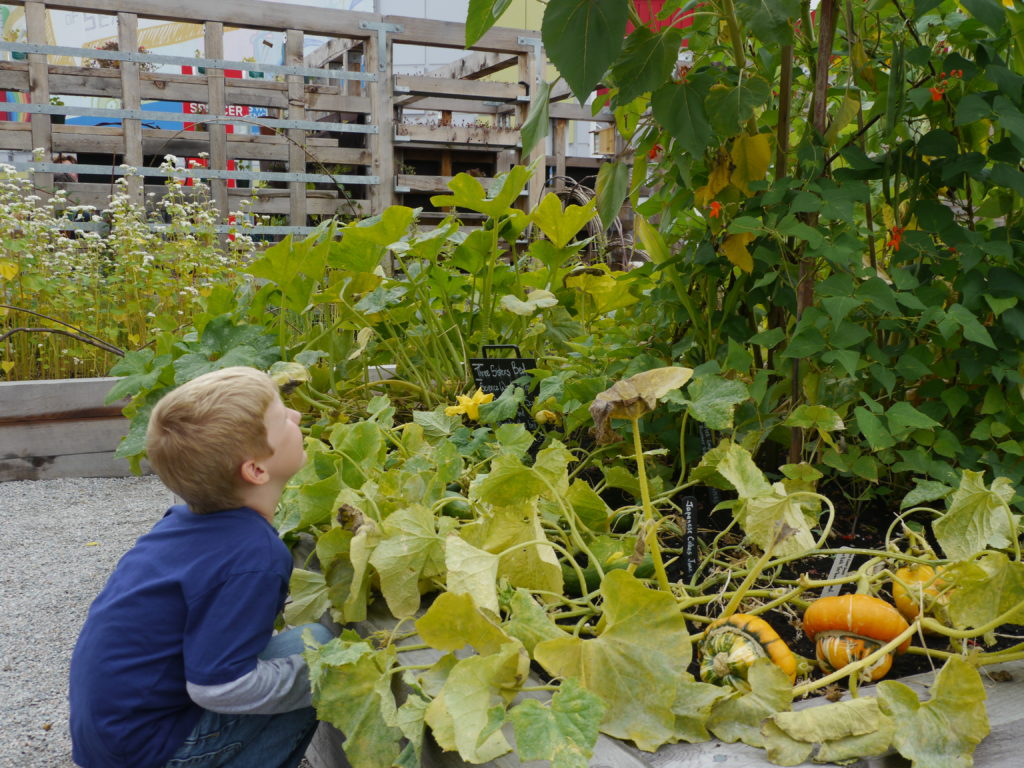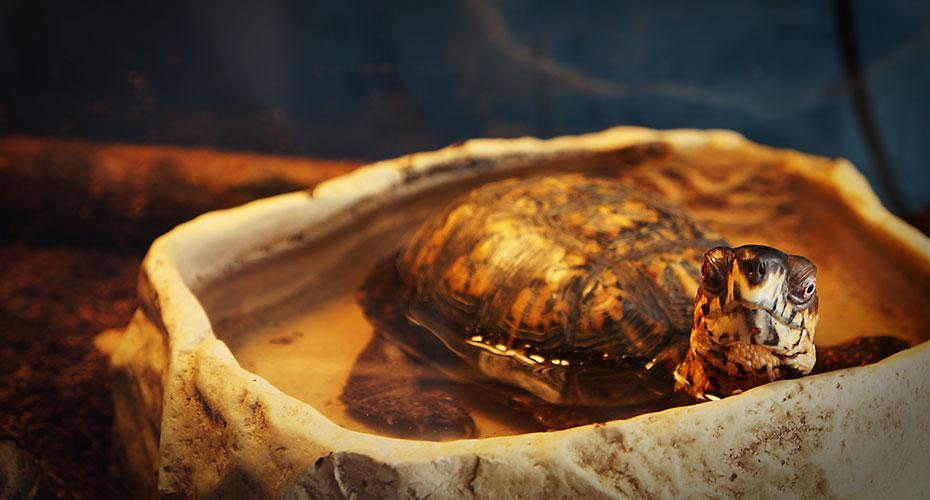In this activity, students use their senses to explore life in their environment.
From a small backyard to an entire neighbourhood, we can find many different kinds of plants and animals living in our community. We use different senses to observe life around us—we may pay attention to the sound of a birdcall, the colour of an insect, or the smell of a skunk roaming the neighbourhood.

 copy.jpg)

